Phase 1: Requirements Gathering and Initial Planning
At the very start of the project, we gathered around therapists, alike and also we read some papers, ready to embark on this exciting journey. We discussed what this software needed to achieve. Therapists shared their daily challenges and ideas for a tool that could revolutionize therapy sessions. We took notes, outlining key functionalities like real-time data visualization, session logging, progress tracking, and report generation.
Phase 2: Prototype Development
With the requirements in hand, our team dove into setting up the development environment. We sketched out initial UI mockups, imagining how therapists would interact with the software.
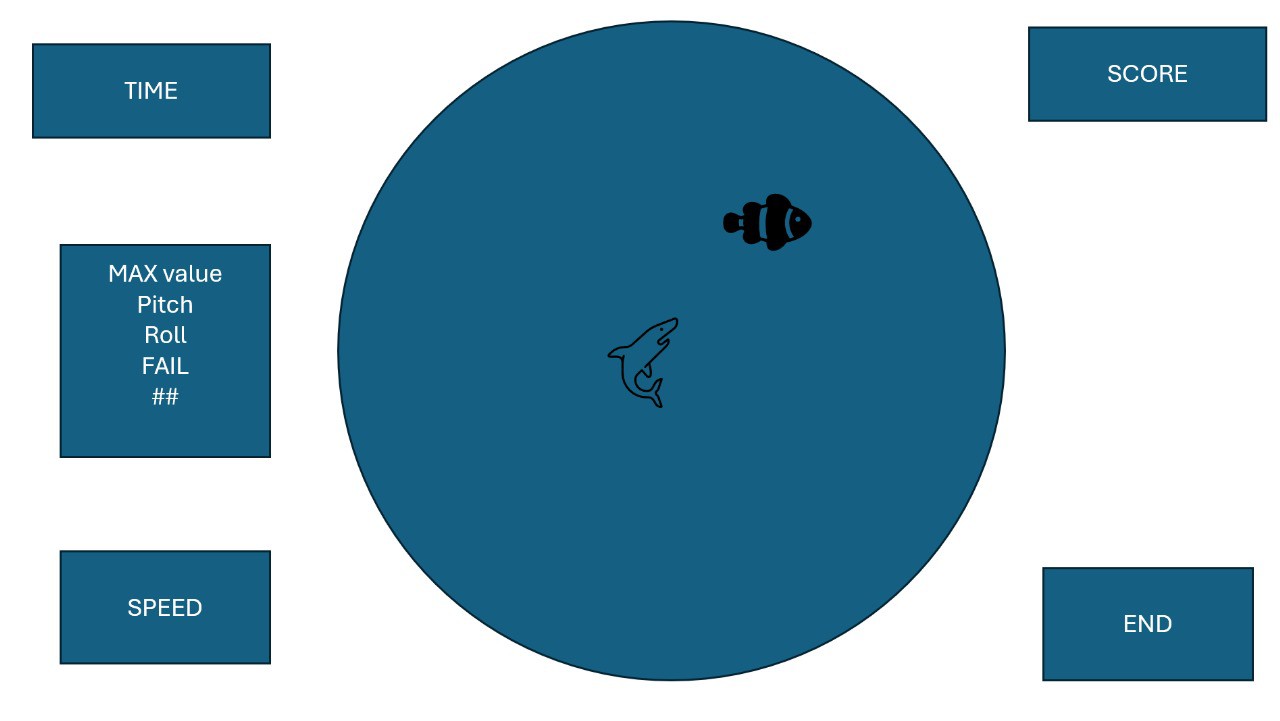
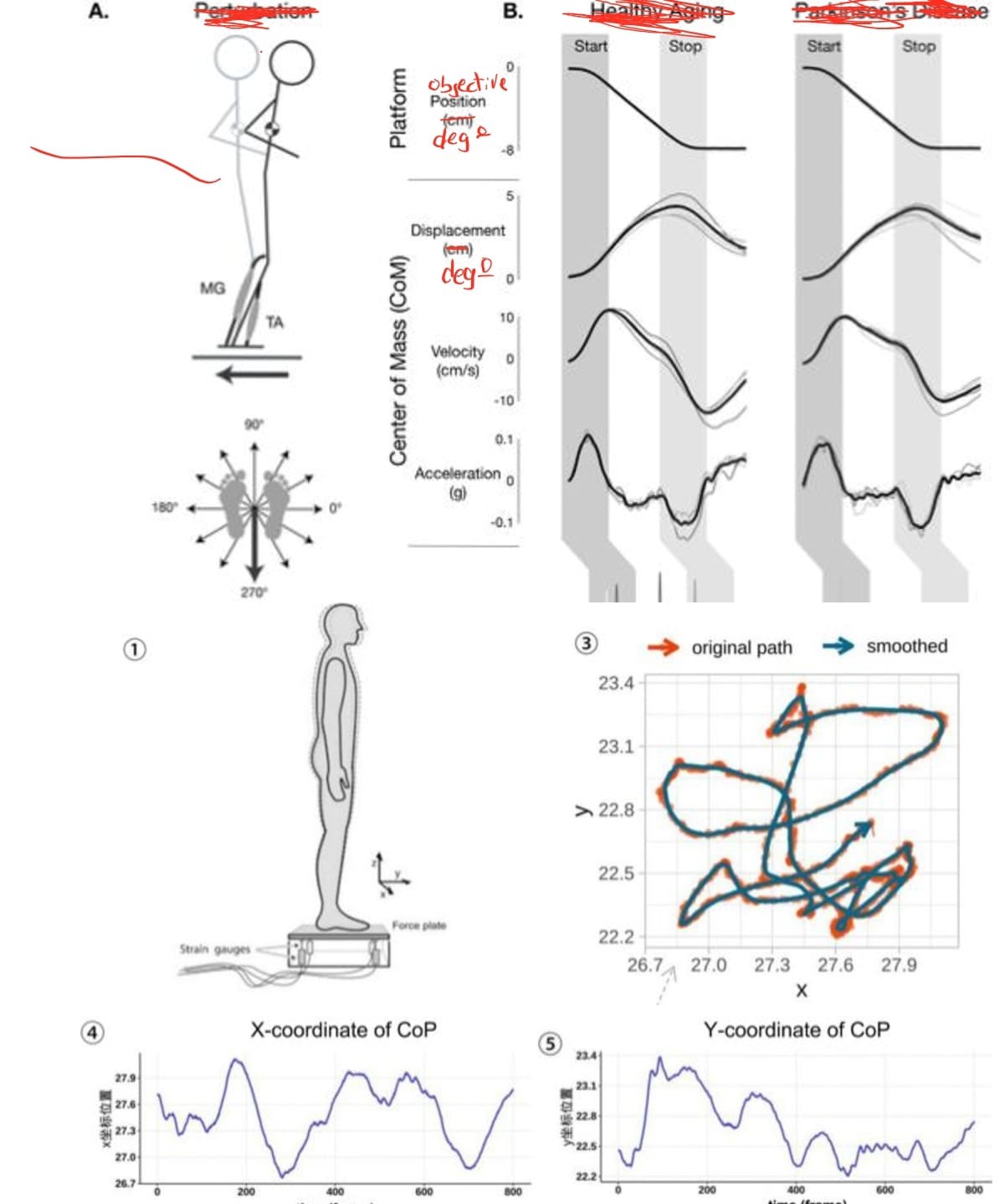
Phase 3: Sensor Data Integration
we integrated the BMI270 and BMI150 sensors with the Arduino Nano BLE 33 Rev2. We crafted a seamless BLE communication protocol, ensuring smooth data transmission from sensors to our application. As data streamed in real-time, graphs depicting acceleration and angular velocity was plotted.
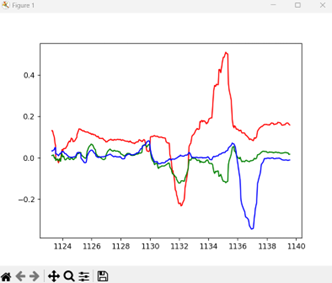
Phase 4: User Interface Refinement
User feedback from therapists guided the refinement of the user interface, focusing on usability and intuitive navigation. Data visualization elements were enhanced to provide clear and insightful representations of therapy session data. The refined UI was designed to be user-friendly, ensuring that therapists could easily navigate and utilize the software to its full potential.
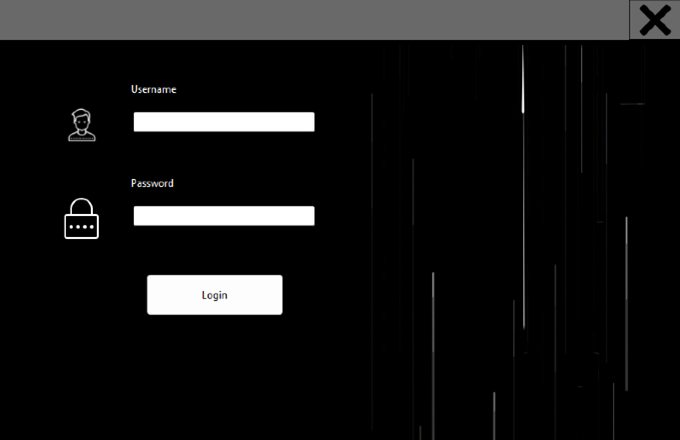
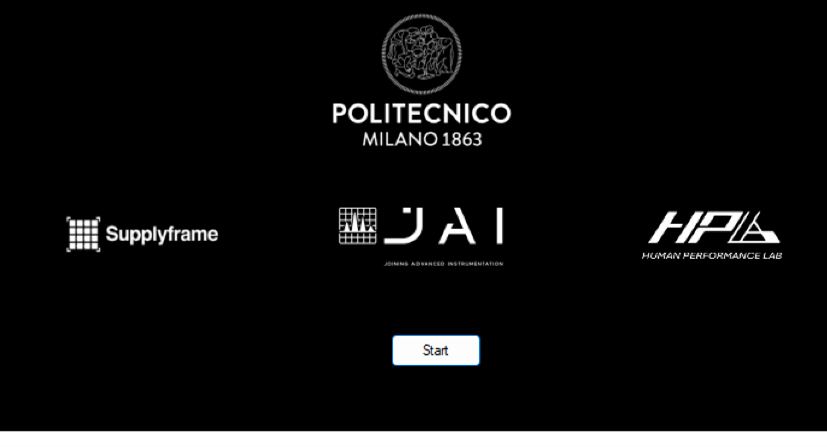
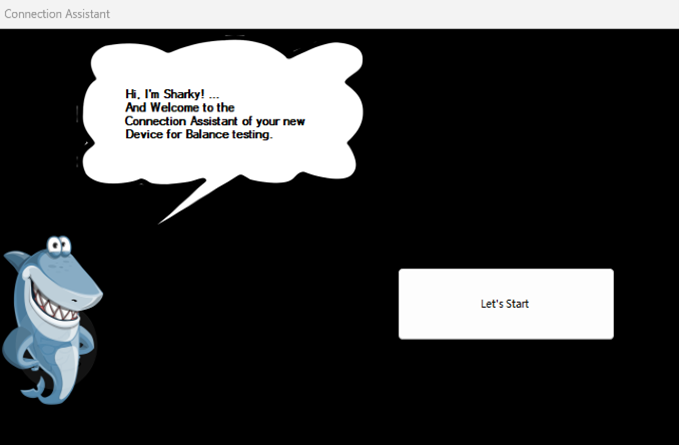
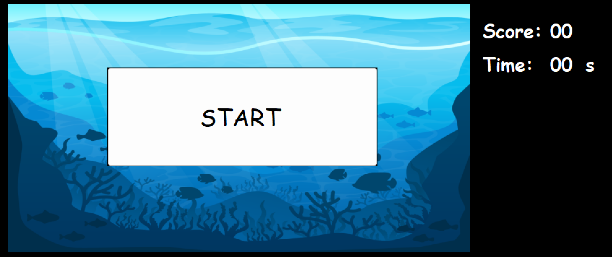

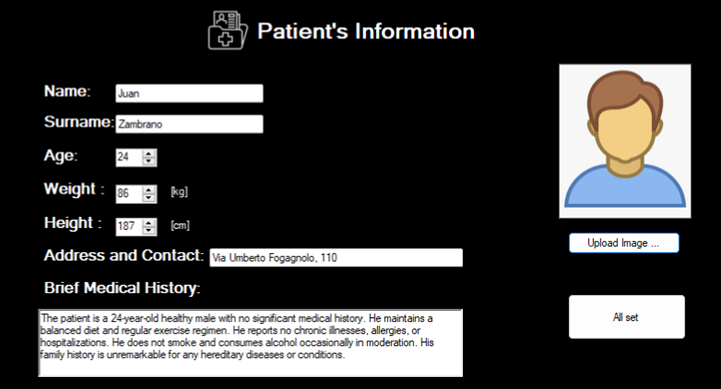
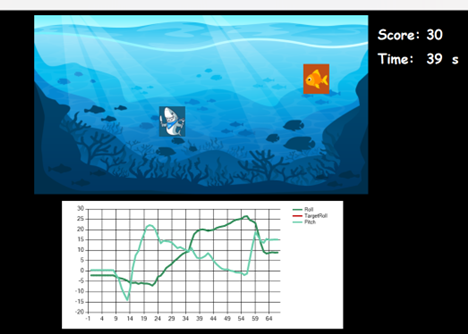

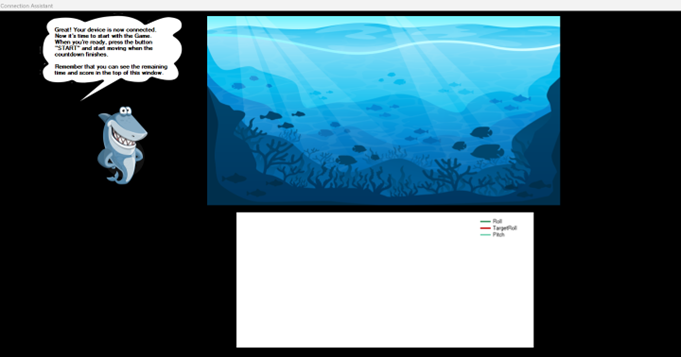
Phase 5: Data Storage and Reporting
This phase focused on implementing data storage and developing report generation features. These features allowed therapists to create detailed session summaries and track patient progress.


 Ivan Hernandez
Ivan Hernandez
Discussions
Become a Hackaday.io Member
Create an account to leave a comment. Already have an account? Log In.